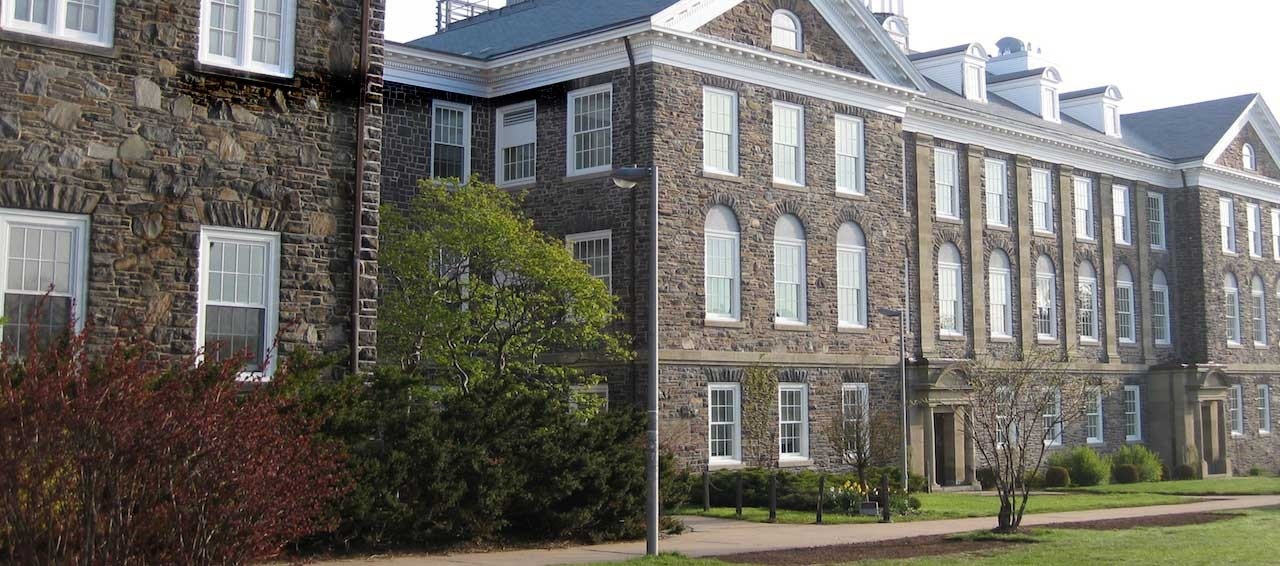Mass Spectrometry Techniques
Notes on good choices for MS techniques:
Most service requests to an MS Lab are for âdetermining the molecular weightâ.ÌıÌı Most modern techniques ionize compounds by chemical reactions and the results obtained need to be interpreted.Ìı Users unfamiliar with Mass Spectrometry are advised to consult with Xiao Feng about what might be the most suitable method to solve their problem.
1. Some guidelines for methods to ionize samples:
a. Electrospray Ionization (ESI):
Samples ionized by ESI are introduced into the instrument in a solution of polar solvents via a spray at atmospheric pressure. It is the softest ionization technique available and produces protonated [M + H]+ or cationized [M + cat]+ molecules in the positive mode and deprotonated molecules in the negative mode. Compounds may be ionic, are usually polar, and must be soluble in methanol, acetonitrile, water, or mixtures of these.Ìı Nonpolar compounds may be ionized if they will complex with alkali metal or silver(I) cations. Fragmentation, which is usually absent, can be enabled by suitable voltage programming in the ion source, or in a collision cell.
b. Atmospheric Pressure Chemical Ionization (APCI):
APCI is similar to ESI in the way samples are introduced and the type of ions formed (protonated or deprotonated molecules). It is not as soft a technique as ESI. It uses a heated spray and thus requires some sample volatility. It can ionize both polar and non-polar molecules from a variety of solvents.Ìı APCI can ionize almost any compound with a MW < 1000, except saturated hydrocarbons and usually produces [M + H]+ ions.
c. Atmospheric Pressure Photo Ionization (APPI):
APPI uses UV photons to ionize molecules and can form molecular ions and/or protonated molecules. It is a more energetic ionization technique and ionizes samples that may not be efficiently ionized by APCI and ESI. It can ionize both polar and non-polar samples. Samples can be introduced in two ways: in solution or as solids. Solution samples give protonated ions/radical cations. Solid samples generate mainly radical cations and fragments. APPI can ionize samples with MWs up to 3000.
d. Liquid Chromatography Mass-Spectrometry (LC-MS)
LC-MS combines the separation power of LC with the ability of MS to characterize compounds. The instrument system consists of a binary pump, an autosampler, a C18 reversed-phase column and two detectors, an UV detector and mass spectrometer. The mass spectrometer only has an ESI source available. This technique is applicable for samples soluble in acetonitrile, methanol and water. Ìı
e. Electron Ionization (EI):Ìı Ìı
EI is the original ionization technique and uses energetic electrons to produce molecular ions [M+â¢] along with clusters of fragment ions. Neat samples in a glass capillary can be introduced into the instrument from a heated probe. Samples must have MWs < 800 Da and be volatile, thermally stable, and non-ionic.Ìı Today, EI is most often coupled with a gas chromatograph (GC-EIMS) for analytical purposes. Potential uses should be discussed with Xiao Feng.
Often, samples may be ionized by more than one technique. Please discuss any questions with Xiao Feng.
2. Accurate mass measurements are an important means of determining empirical molecular formulae, especially for small molecules. These can be done by ESI, APCI and APPI. The upper m/z range for high-resolution ESI is ~ 1500, for high-resolution APCI it is ~ 1000 and for high-resolution APPI it is ~ 3000.
3. Air sensitive samples can be run by EI, ESI, APCI or APPI with advanced notice. If ESI, APCI or APPI spectra are required, air sensitive sample solutions must be prepared in glove box by submitters in their own labs at the correct concentration. Please consult with Xiao.
An excellent text for further information about MS is: Hoffmann, Edmond de; Stroobant, Vincent, âMass spectrometry: principles and applicationsâ,Ìı 3rd ed, Wiley, Chichester, 2007, DAL Killam Library QD 96 M3 H6413 2007. Web links for further information can be found in the section on MS links.
Ìı
